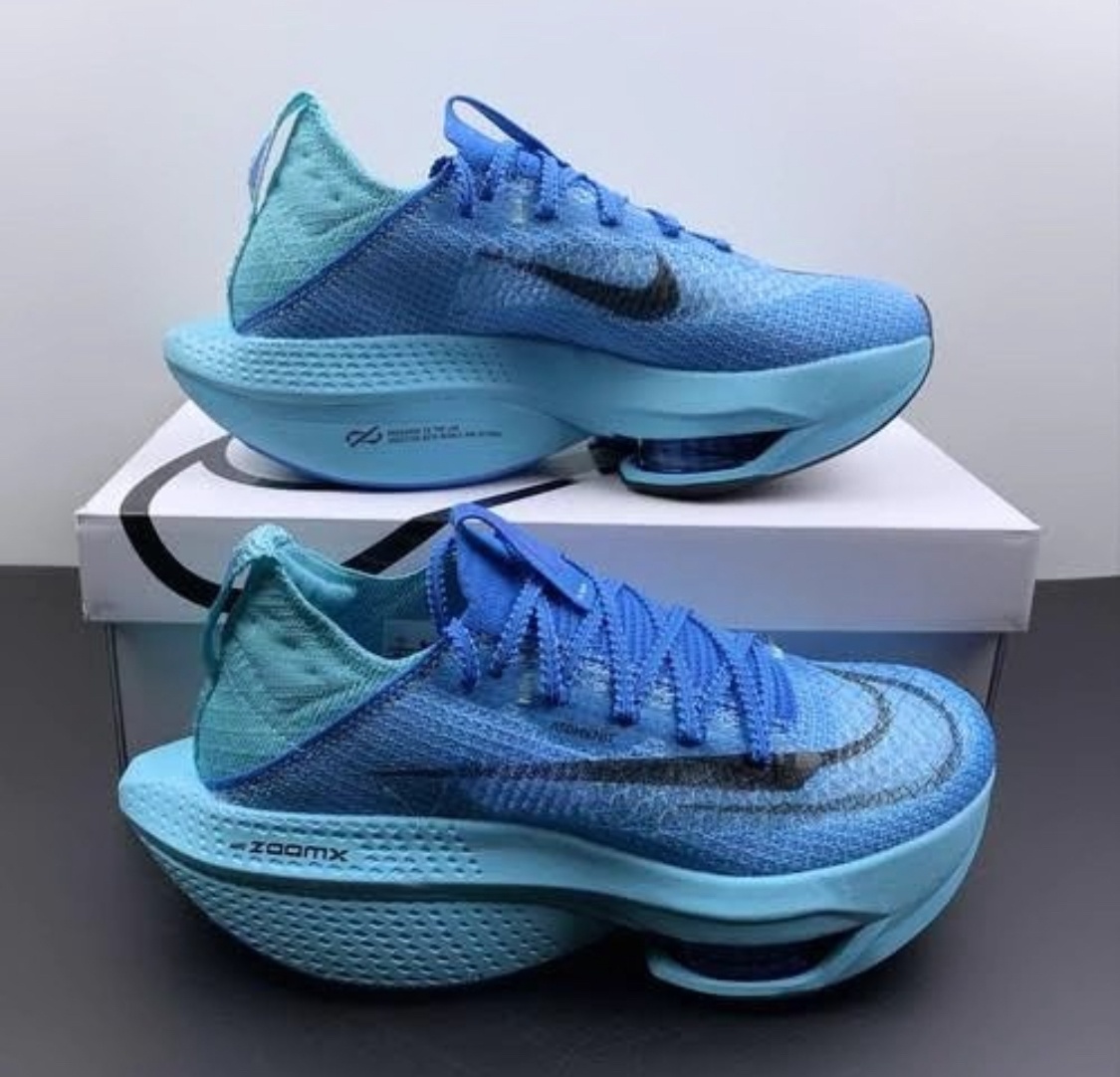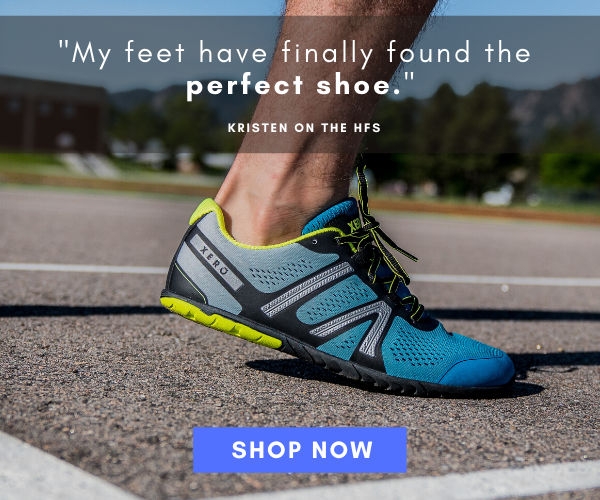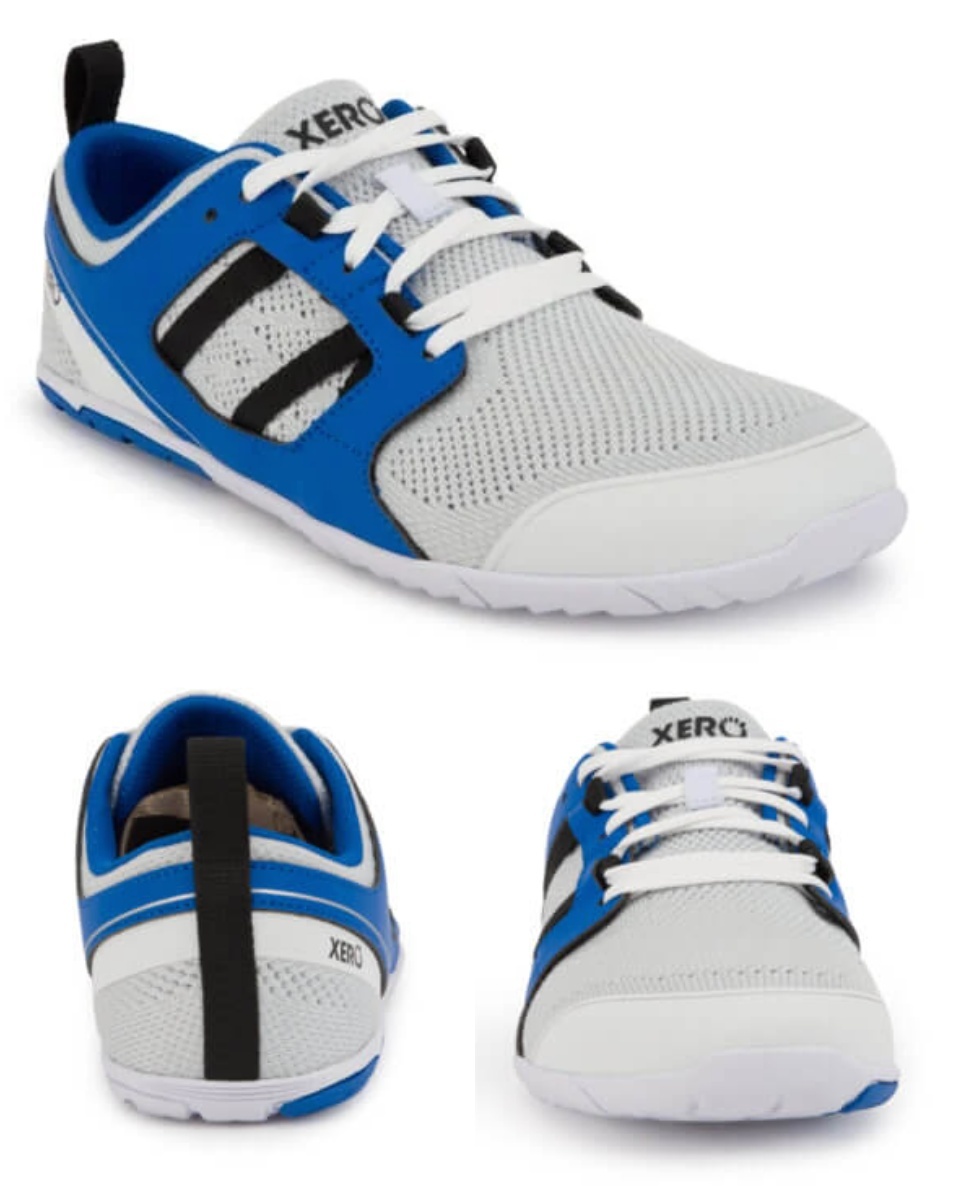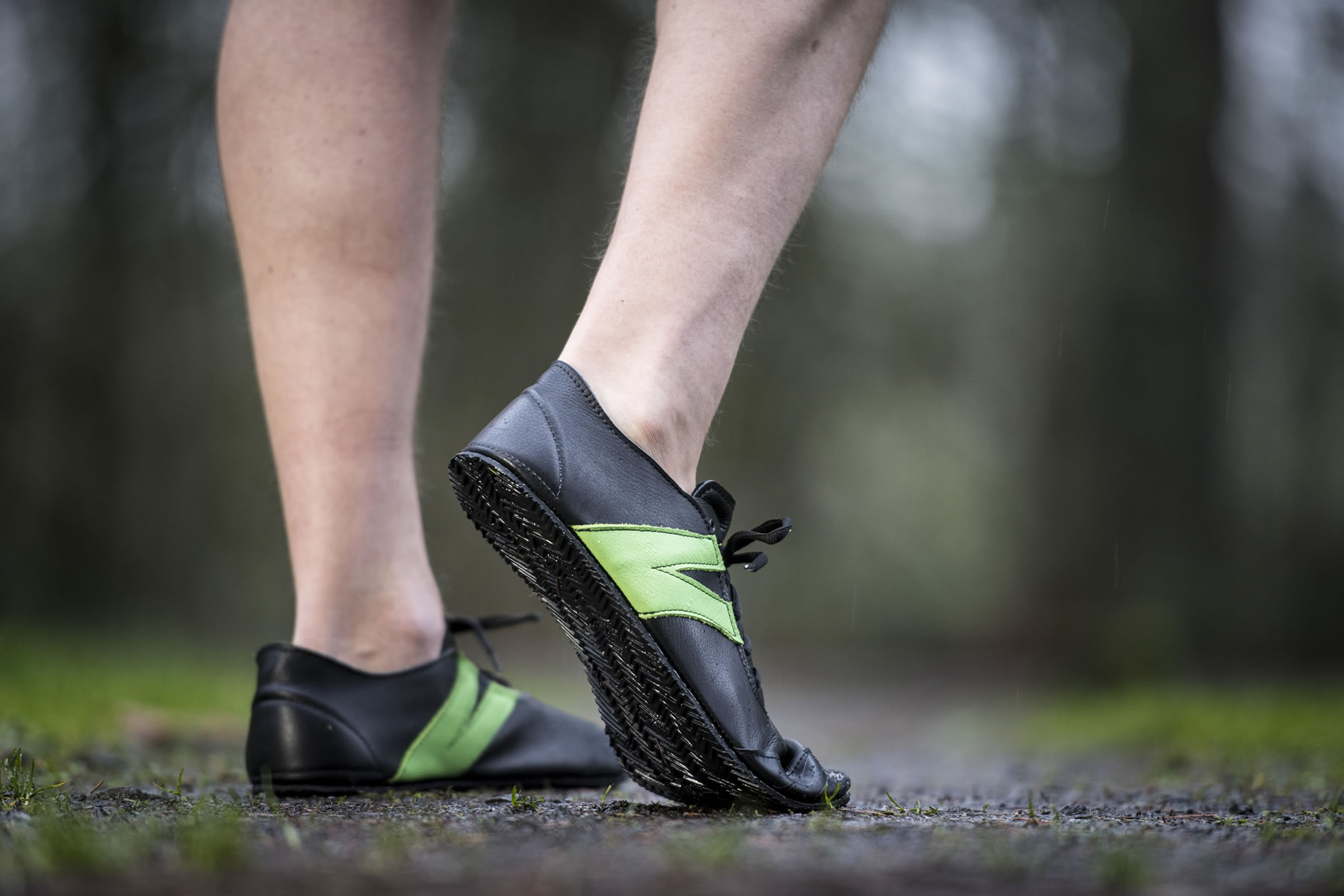According to the research, cushioned running shoes don’t always prove their claims that they prevent injuries. Plus, there’s actual widespread anecdotal evidence showing the thicker the underfoot cushioning, the greater the injuries! This is because for one, the narrow inflexible fit negatively changes the foot’s anatomy, resulting in a narrower foot, collapsed arches and bunions. For another, there’s actually higher levels of impact when these shoes are worn for running because thicker underfoot cushioning correlates with a greater downward force of the foot onto the ground as well as a greater push-off force.


Even worse, thick cushioned running shoes that have a flared heel was found to contribute to ankle injury by increasing inappropriate ankle movements at touchdown. A key piece of evidence of this came from the International Journal of Sports Medicine of which the researchers compared the effects of 3 heel construction types: conventional heel flare, rounded heel, and no heel flare on rear-foot movements and impact forces in heel strike runners.
The researchers found that runners who ran in shoes constructed with the conventional heel flare showed adverse events at touchdown, such as:
- The conventional heel flare resulted in higher initial joint pronation compared to runners who ran in running shoes with no heel flare.
- The conventional heel flare also produced the highest touchdown velocity of the heel, the highest vertical impact force peaks, and the highest maximum vertical loading rate compared to running shoes with rounded heels.
The results suggests that conventional heel flare does not blunt external impact forces or irregular rear-foot movements during running, but disables a runner from landing with normal impact resistance.
Runners in these shoes are unaware of their biomechanical misalignments that eventually inflict damage that accumulates and contributes to progressive injury.
The good news is, a growing body of work suggests minimalist running shoes are supremely useful for automatically suspending irregular, straining foot motions, while preventing a forceful heel strike, and instead, helps you engage a forefoot strike landing strongly associated with less all-around impact!

Even better, the heightened feel of the ground activates the underfoot nerves in an ongoing capacity, making the legs withdrawal reflexes faster responding, resulting in a higher cadence, less ground-contact time and a shorter stride length, which are all known to play in avoiding adverse impact variables. Read more here on all that!
References:
Nigg BM and Bahlsen AH. Influence of heel flare and midsole construction on pronation, supination, and impact force for heel-toe running. Int J Sports Med, 1988; 4, 205-219.

Bretta Riches
BSc Neurobiology; MSc Biomechanics candidate, ultra minimalist runner & founder of RunForefoot. I was a heel striker, always injured. I was inspired by the great Tirunesh Dibaba to try forefoot running. Now, I'm injury free. This is why I launched Run Forefoot, to advocate the health & performance benefits of forefoot running and to raise awareness on the dangers of heel striking, because the world needs to know.
Latest posts by Bretta Riches (see all)
- Can You Run In Barefoot Shoes? Yes, But DON’T Heel Strike! - 21/07/2024
- Why Cushioned Running Shoes Are Really Bad for Your Feet - 19/07/2024
- Do Cushioned Running Shoes Cause Injuries? - 17/07/2024


not sure i’d call an article from 1988 “recent”…also an important note from the ABSTRACT:
“Changes in lateral heel flare do have an effect on vertical impact force peaks if the midsole is relatively hard BUT not if the midsole is relatively soft.”